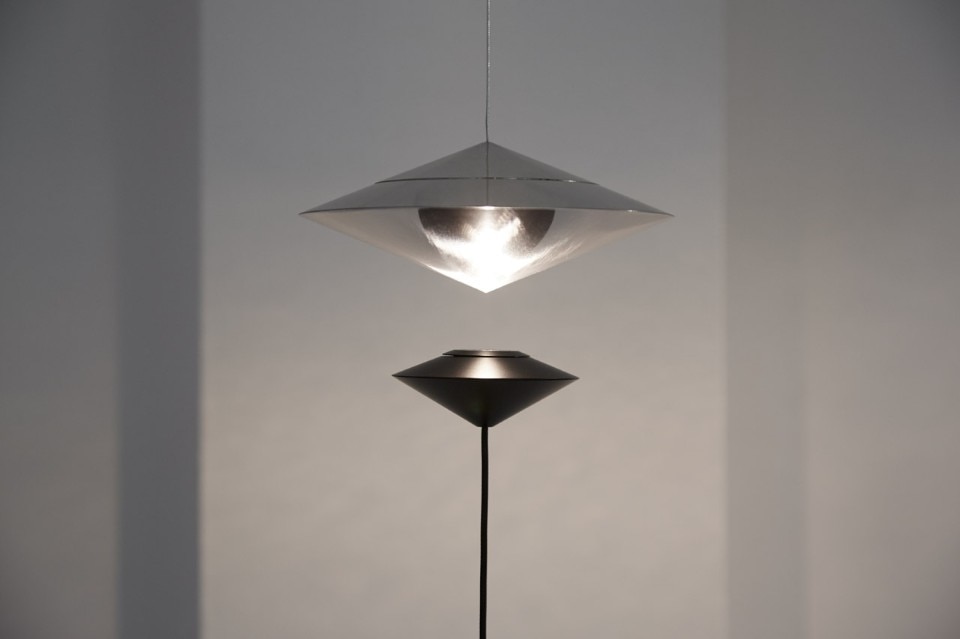
Chiara Alessi: Vittorio Venezia, child prodigy of the SaloneSatellite 2015 but this year no longer a child is exhibiting as an independent designer...
Vittorio Venezia: Last year’s Satellite experience was crucial because it accredited me as a designer in the design system. I made an investment, financial and non, to support my attendance and I was one of the lucky ones, recovering some of my expenses by winning the Design Report Award of Euro 7,500. This year, I have crossed the 35-year threshold, the maximum limit for participation in the SaloneSatellite, and I come to Design Week as an outsider. I see it as an opportunity to “get myself into a bit of trouble”. I exploit this time of the year to take stock: some lines of reasoning must be brought to completion and certain works have to come to an end, otherwise there is a risk of designing ad infinitum because you lose all sense of time when you play with forms... As a result, I’m proud to present this work on Caltagirone, for two reasons linked to two people: my life and design partner Carolina Martinelli, with whom I set out on what I hope is the first in a long line of collaboration projects, and Andrea Branciforti, a designer who is also a craftsman and whom I hope everyone will hear about because he is a really fantastic person. This year I also had to make a decision in terms of investment: by acting on my own, I was able to commit larger resources to the design than to the showroom space; even shortly before Design Week, I didn’t know where I would be showing.
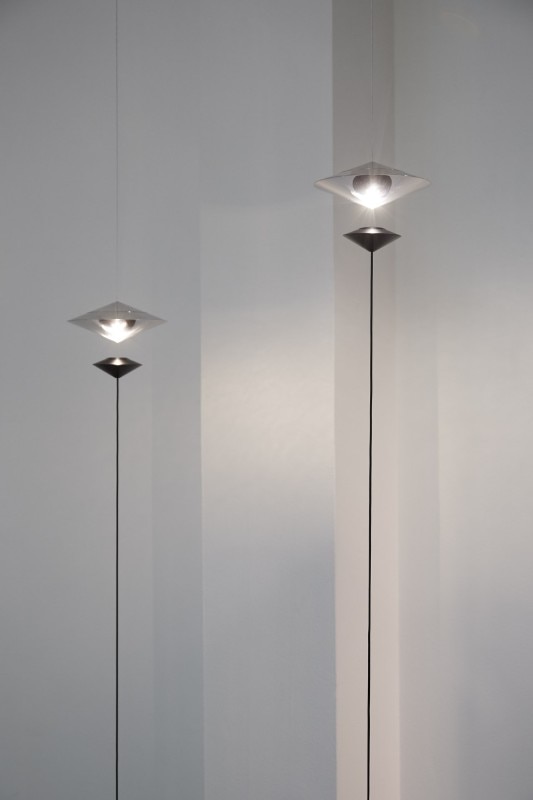
Chiara Alessi: Coming from Palermo, you have also had the costs of transfer and accommodation. Speaking of your Sicily, it was the reference of last year’s project which, as you were saying, consecrated you at the SaloneSatellite. This year is it again at the heart of the collection you are presenting, shifting from the metal-workers of Via Calderai to the ceramic artists of Caltagirone?
Vittorio Venezia: Many are unaware that much of Caltagirone’s ceramic work is manufactured outside the city, in an industrial zone that was developed five kilometres from the old city centre in the 1960s to accommodate the new production requirements. But this area is seizing up: it isn’t served by public transport nor does it have services, so it always has to maintain a link with the city. The sheds contain the industrial production with furnaces and presses but also a manual one revolving around lathes and master turners. This place has become the focus of a project that conveys this duplicity and the rift between the craft world in the city and the industrial world, trying somehow to reduce the distance between them. In this sense, all of Italy has, to some degree, hidden a world of manual skills and artisans behind the “industrial” word. We will present 20 vases formed of two halves: a traditional vase made from a standard mould, like those you will find in any discount store but with another half that has been reinvented with constant variations (the craftsman, supervised by Andrea, tweaked the process 20 times to spawn different products).
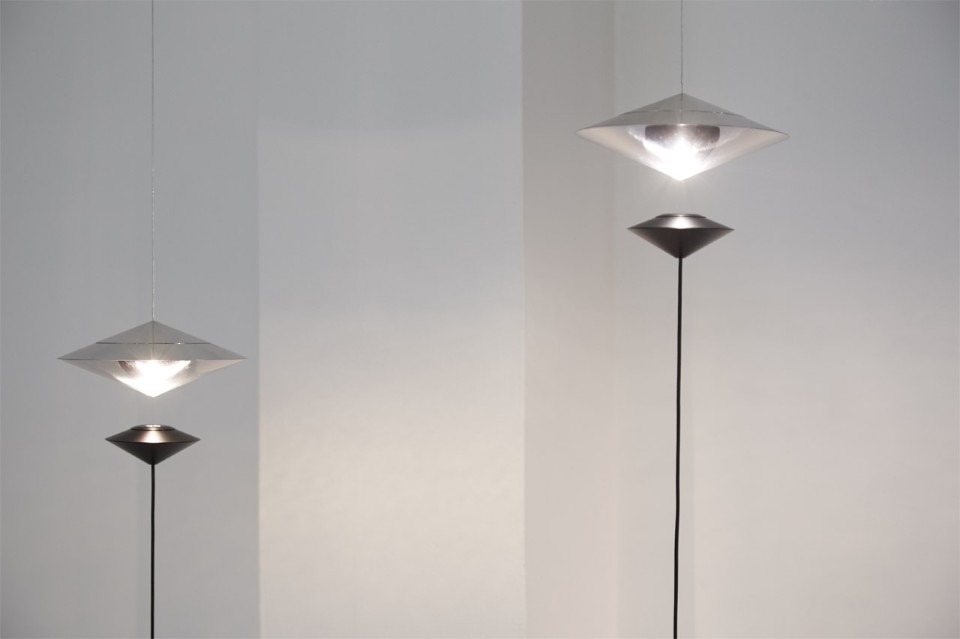
Chiara Alessi: What about the Rossana Orlandi space?
Vittorio Venezia: There, I’m showing a series of lamps produced by LUCE5, a Tuscan company that manufactures custom designs for architectural spaces. It is a technological manufacturer of the highest standard and, this year, has produced its first designer lamp. I hope it will trigger future collaborations. The lamps, part of a limited-edition series, are in turned metal and adopt permanent magnets to remain suspended and light. The project originated for an installation in the old Villa Gaeta in the Pinetum di Moncioni in Chianti last September but the company had such strong belief in the work that it put it into production. The first run will be displayed and sold in the Rossana Orlandi gallery.
Chiara Alessi: This aspect of Italian industry incorporating a strong craft component is, actually, one of the country’s distinctive features, so no great surprise...
Vittorio Venezia: I grew up with the vision of industry as a well-organised structure, also as regards hierarchy... Then I found myself working in Milan companies that are mainly family-run; big industry does not have the structured form it needs to guarantee certain quality standards, both in terms of design relationships and of project management, which is perhaps even more crucial. This craft approach that sustains the whole is found at all levels, in both production and management. Many decisions are gut rather than scientific ones with an informed view of the market. This means that even though Italian industry is able to surprise the world – because nearly always innovative in form and content – it is often unable to carry forward its small Leonardo seed in an organised manner.
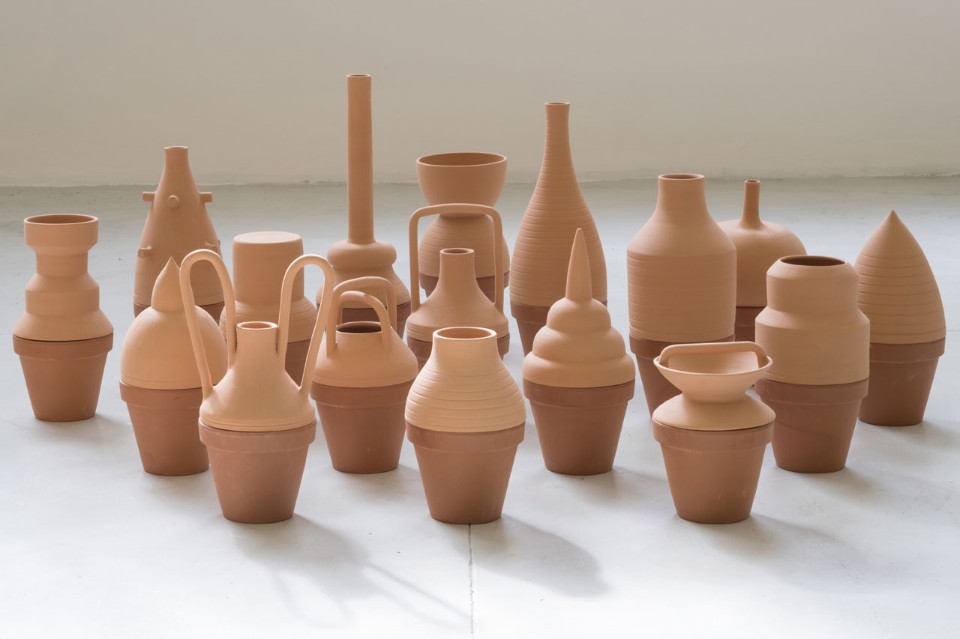
Chiara Alessi: Are you saying we should be like a Leonardo-cum-Steve Jobs?
Vittorio Venezia: Crucially, we are dealing with a recurrent problem that has always existed. We talk far too much about artisans, manual skills, design, taste, innovation etc. but the real issue is politics. Steve Jobs would never have become what he did if the United States had not taken the strategic decision to turn electronics into a major industry, of which America would become the world leader. To do this, it didn’t think twice about reducing the tax burden on companies, for instance.
Chiara Alessi: How does this idea of a service company fit with Italian manufacturing of the highest craft standards?
Vittorio Venezia: That is the key: a service of, maybe, online sales that showcases the single local qualities and exports them worldwide. Mass-produced objects are the cornerstone of our economy past and present but perhaps our future economy will be based on technological craftspeople who use the Internet to promote their work.
Chiara Alessi: So, this year’s project which is called, sorry you didn’t say...
Vittorio Venezia: The project is called “La rocca dei vasi”, it’s the ancient name of Caltagirone, from the Arabic Qal' at al Gharùn.
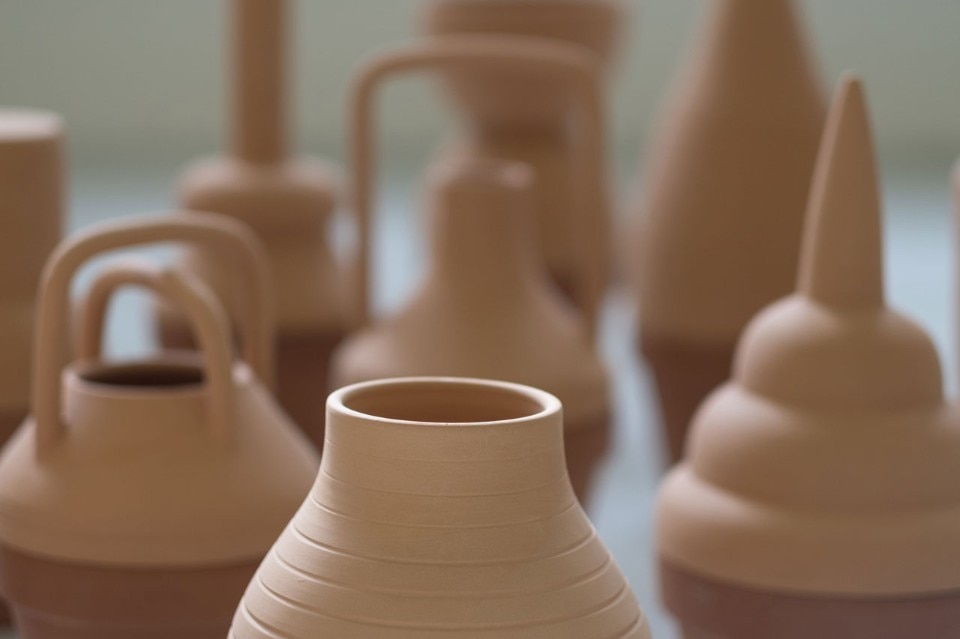
Chiara Alessi: Is it a provocation or a symbolic image of two worlds that ought to reunite? As you know, many designers have worked recently on this theme...
Vittorio Venezia: Last year, I tried placing a magnifying glass over my home area. I started thinking about not wanting to convey the form but to use certain perhaps traditional forms to narrate spaces and reflections. Again this year, Carolina and I didn’t want to create an object for its own sake. Being our own clients, we set the objective of telling a story: that of Caltagirone and its current transformation. We thought it could serve as a pretext to draw attention to a place that is taken for granted but could be an inexhaustible source of new ideas. Our today can restart from in front of our houses, so why not make it start from Caltagirone?
Chiara Alessi: It is also true that, if you go to Caltagirone or even Via Calderai, you will find very picturesque, photographic and nostalgic places but also plenty of junk... so how do you recognise the worth?
Vittorio Venezia: I’m not particularly worried about identifying the worth but more about discovering stories and techniques that can be broken down with a magnifying glass and put back together as I wish, to suit my own taste, without having to imitate any particular iconography. In a small place on a small street, there are people capable of using special techniques. I concentrate them all into just one design that narrates the history of that place and my own.
12–17 april 2016
Vittorio Venezia
Lampada Magnetica
c/o Galleria Rossana Orlandi, via Matteo Bandello 14, Milan
La rocca dei vasi
c/o G Lab, via Pietro Giannone 4, Milan

